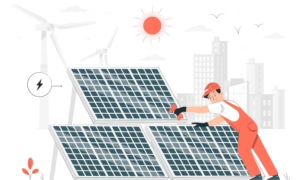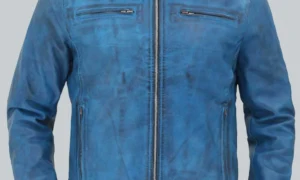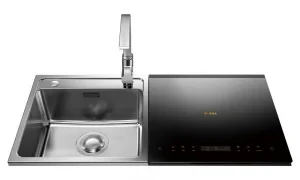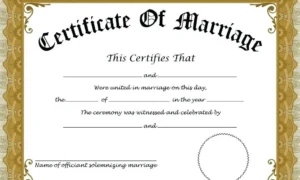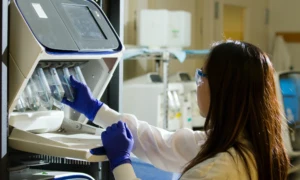
Introduction: Warts, those pesky growths caused by the human papillomavirus (HPV), can be a source of frustration and embarrassment. Whether they appear on your hands, feet, or elsewhere on your body, finding an effective wart removal treatment is essential for reclaiming smooth, blemish-free skin. In this comprehensive guide, we’ll explore various wart removal options, including both traditional and alternative treatments, to help you find the right solution for your needs.
Understanding Warts: Warts are benign skin growths caused by HPV infection, which can enter the body through small cuts or breaks in the skin. They can vary in appearance, from small, flesh-colored bumps to larger, cauliflower-like growths. Warts are contagious and can spread through direct contact or by sharing personal items with an infected individual.
Common Wart Removal Treatments:
- Over-the-Counter (OTC) Remedies: OTC wart treatments containing salicylic acid are readily available at pharmacies and online. These products work by gradually breaking down the wart tissue, allowing it to be shed over time. OTC treatments come in various forms, including gels, liquids, and adhesive pads. While effective for many individuals, they may require consistent application for several weeks to achieve desired results.
- Cryotherapy: Cryotherapy involves freezing the wart with liquid nitrogen, causing it to blister and fall off. This treatment is typically performed by a healthcare professional in a clinic or doctor’s office. While effective, cryotherapy can be uncomfortable and may cause temporary skin discoloration or blistering.
- Prescription Medications: For stubborn or extensive warts, prescription medications may be necessary. These may include stronger topical treatments containing ingredients like salicylic acid or immunomodulators such as imiquimod. Prescription medications are typically reserved for cases where OTC treatments have failed or when warts are located in sensitive areas.
- Laser Treatment: Laser therapy is a non-invasive option for wart removal that uses focused laser light to target and destroy the wart tissue. This treatment is performed in a dermatologist’s office and may require multiple sessions for optimal results. While generally safe, laser treatment can cause temporary discomfort or redness in the treated area.
- Surgical Removal: In cases where other treatments have failed, surgical removal of the wart may be necessary. This can involve excision (cutting out the wart) or curettage (scraping off the wart) under local anesthesia. Surgical removal provides immediate results but carries a risk of scarring and infection.
Alternative and Home Remedies: In addition to traditional treatments, some individuals may explore alternative or home remedies for wart removal. These may include duct tape occlusion therapy, apple cider vinegar soaks, or applying essential oils like tea tree oil or thuja oil. While these methods may offer relief for some individuals, their effectiveness is not scientifically proven, and results may vary.
Conclusion: Wart removal can be a challenging process, but with the right treatment approach, you can achieve smoother, clearer skin. Whether you choose over-the-counter remedies, medical procedures, or alternative treatments, it’s essential to consult with a healthcare professional to determine the best course of action for your individual needs. By exploring your options and staying consistent with your chosen treatment, you can say goodbye to warts and hello to a more confident, blemish-free you.









